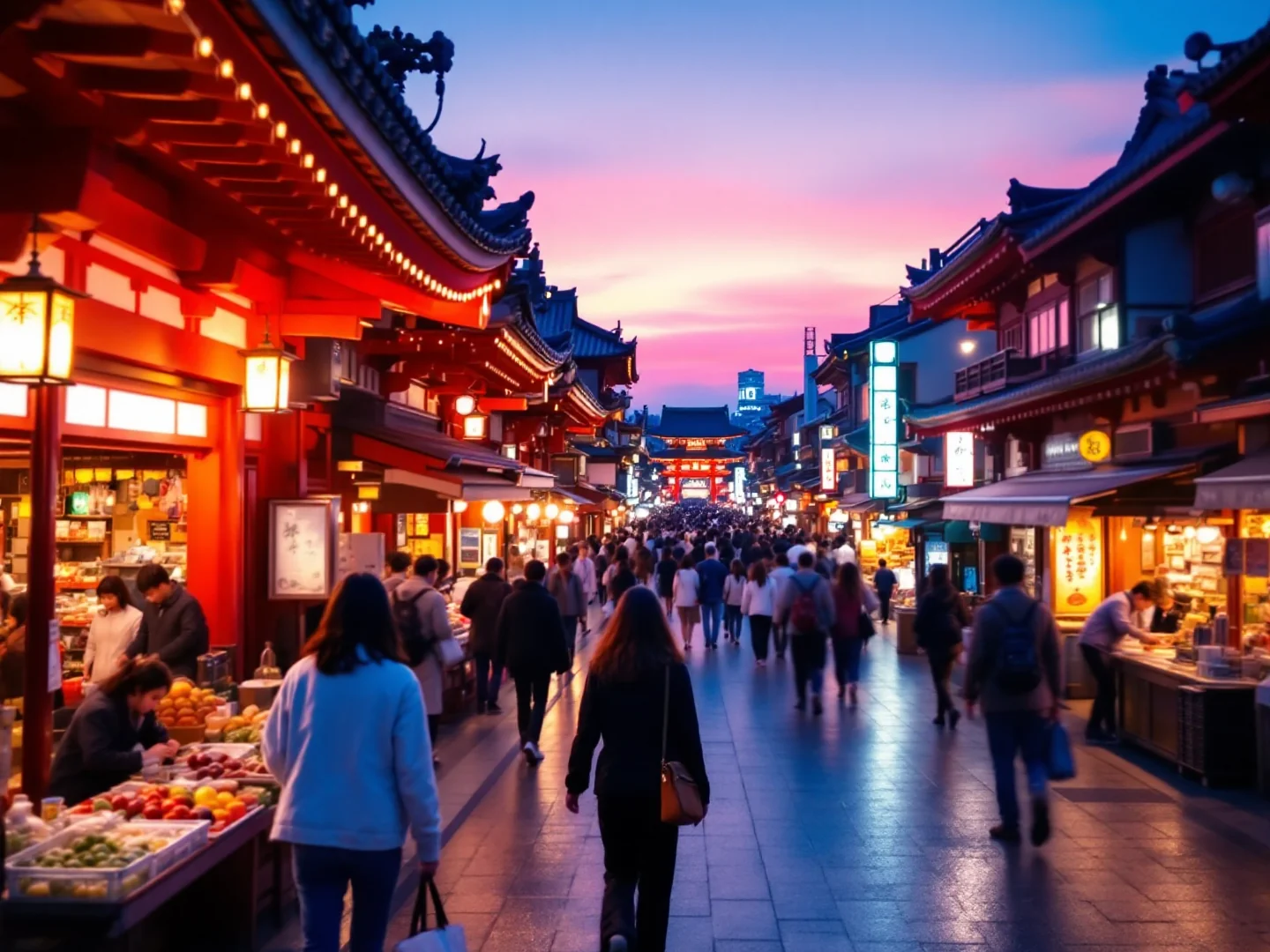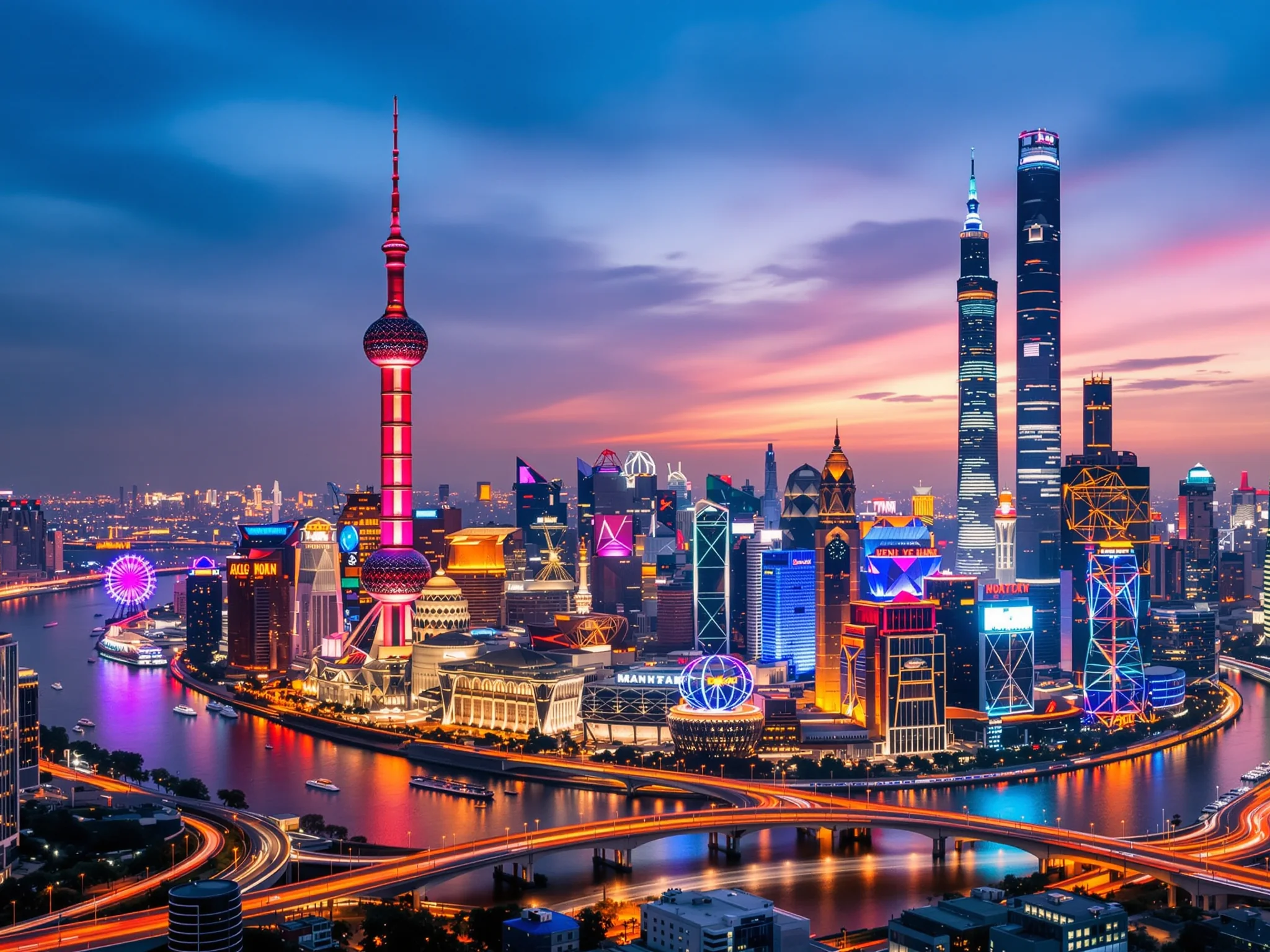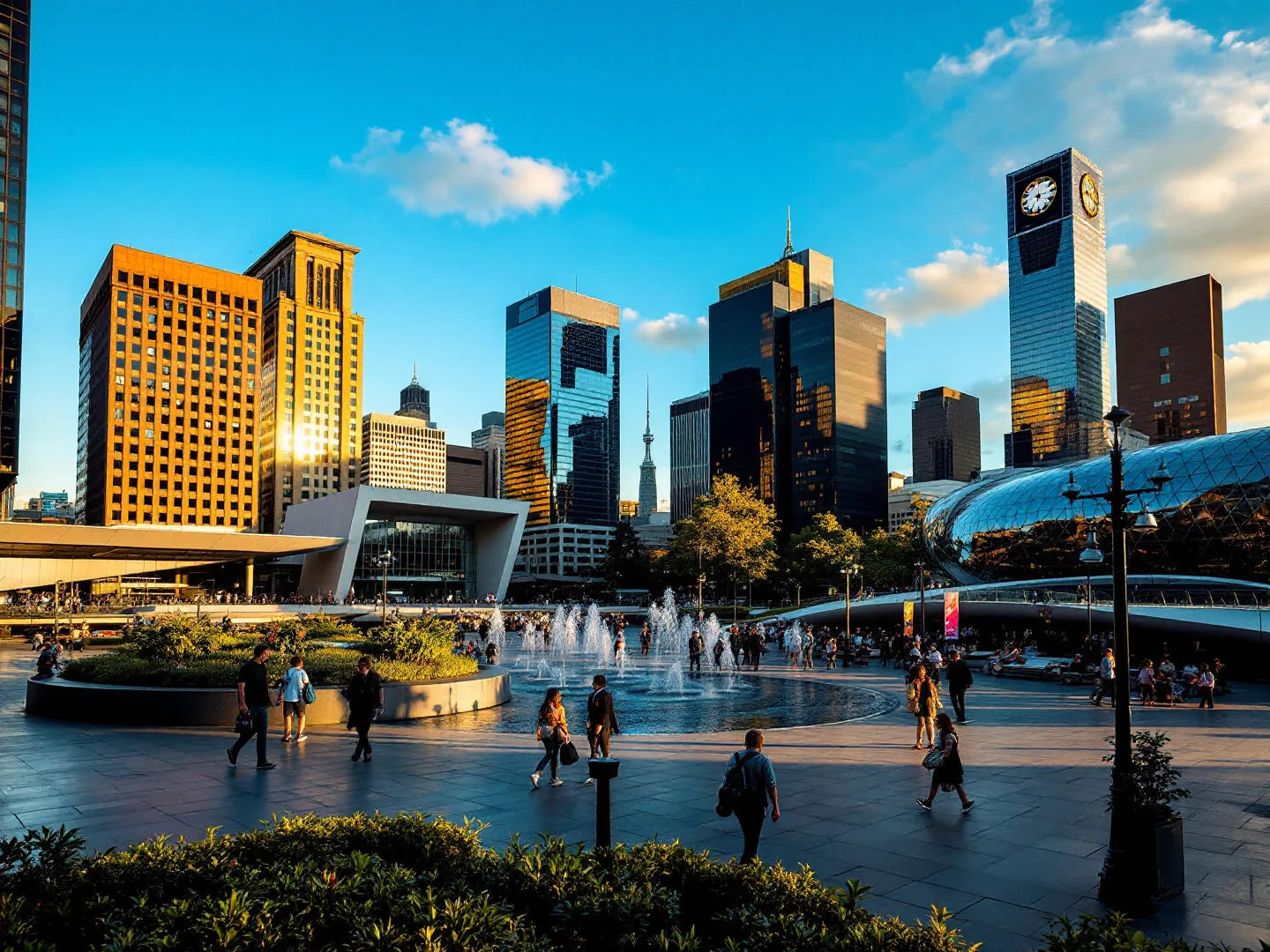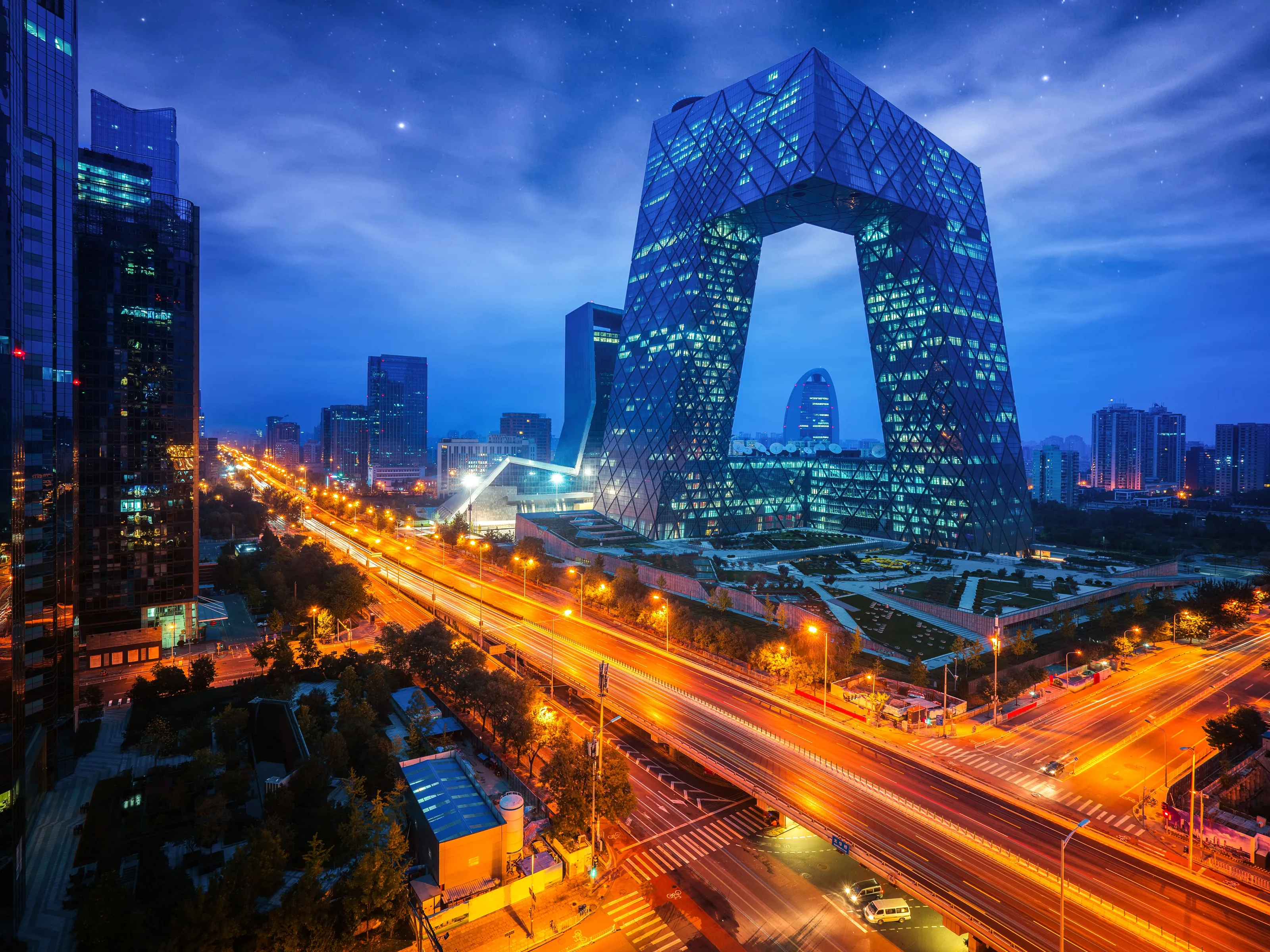Why Visit Hiroshima?
Hiroshima resonates as a city reborn from atomic ashes where the Peace Memorial Park's A-Bomb Dome preserves 1945's skeletal ruins as UNESCO World Heritage warning against nuclear weapons, Miyajima Island's floating torii gate ranks among Japan's most photographed icons, and the city's resilient spirit rebuilt vibrant urban life serving the world's best okonomiyaki (savory pancakes). This Chugoku region capital (pop. 1.2 million) suffered history's first atomic bombing August 6, 1945—almost 80 years later, the rebuilt city thrives with tree-lined boulevards, efficient trams, and memorials honoring victims while promoting peace.
Peace Memorial Park centers the city's message: A-Bomb Dome's skeletal structure (former Industrial Promotion Hall, one of few buildings partially surviving), Peace Memorial Museum's sobering displays of bomb effects (about ¥200 / ~$1), and Children's Peace Monument inspired by Sadako's thousand paper cranes. The Cenotaph aligns with flame and dome in poignant geometry. Yet Hiroshima transcends tragedy: Miyajima Island (40-minute train to Miyajimaguchi, then 10-minute ferry ~¥200 each way) hosts Itsukushima Shrine's floating torii gate appearing to hover at high tide, sacred deer wandering village streets, and Mount Misen's ropeway ascending for Seto Inland Sea views.
The food scene perfected Hiroshima-style okonomiyaki: layers of cabbage, noodles, egg, and toppings grilled on teppan (¥800-1,500 / US$6–$10 Okonomimura building hosts 24 restaurants). Onomichi (1.5 hours) offers temple walks and cat-filled alleys. The rebuilt city surprises with Shukkei-en Garden's scaled landscapes, streetcars rattling through modern streets, and Hiroshima Castle's 1950s reconstruction.
With moving history, offshore island beauty, culinary specialties, and Japanese efficiency, Hiroshima delivers profound memorial and peaceful present.
What to Do
Peace & History
Peace Memorial Park & A-Bomb Dome
Moving memorial park centers on A-Bomb Dome's skeletal ruins (former Industrial Promotion Hall)—one of few structures partially surviving August 6, 1945 atomic blast. UNESCO World Heritage site preserved as warning. Peace Memorial Museum (¥200/~$1) displays sobering artifacts, survivor testimonies, and bomb effects—emotionally intense but essential. Children's Peace Monument honors Sadako's thousand paper cranes. Cenotaph aligns with eternal flame and dome. Allow 2-3 hours for respectful visit. Go early morning (8-9am) for contemplative atmosphere.
Peace Bell & Memorials
Ring Peace Bell (free) for world peace. Multiple memorials throughout park honor different victim groups—Korean victims, mobilized students, atomic bomb victims. August 6 at 8:15am moment of silence marks bombing time—profound to witness if visiting then. Folded paper cranes left at Children's Monument represent hope. Park free to explore 24/7. Evening (6-8pm) quiet and illuminated. Respectful behavior essential—no running, laughing loudly.
Miyajima Island
Itsukushima Floating Torii & Shrine
Japan's most photographed icon—massive orange torii gate appears to float at high tide, walk to at low tide. JR trains from Hiroshima Station to Miyajimaguchi (40 min, covered by JR Pass or ¥420). Ferry from Miyajimaguchi port (around ¥200 each way, 10 minutes; JR Pass covers JR ferry). Itsukushima Shrine (¥300) built over water—UNESCO site. Check tide schedules online—high tide for floating illusion, low tide to walk to gate. Morning (8-10am) fewer crowds. Sacred deer roam freely—aggressive for food, secure bags. Allow full day. Return ferries frequent until 10pm.
Mount Misen & Island Village
Cable car (ropeway) ascends Mount Misen (¥2,000 return, 20 minutes) for Seto Inland Sea views—clear days spectacular. Or hike up (2-3 hours). Momijidani Park at base features maple trees (autumn colors November stunning). Island village has souvenir shops, restaurants serving grilled oysters (Miyajima famous for them, ¥500-1,000), momiji manju maple leaf cakes. Less touristy paths behind main street. Stay overnight in ryokan for evening shrine illumination.
Hiroshima Food & Gardens
Hiroshima-Style Okonomiyaki
Layered savory pancake with cabbage, noodles, egg, and toppings grilled on teppan—distinct from Osaka style. Okonomimura building near Peace Park houses 24 restaurants on 4 floors (¥800-1,500). Watch chefs prepare on griddle before you. Nagata-ya near station also excellent. Lunch (11:30am-1pm) or dinner (6-8pm). Order 'soba' or 'udon' for noodle type. Eat with small spatula. One of Japan's best regional foods—try with oysters for ultimate Hiroshima experience.
Shukkeien Garden & Hiroshima Castle
Shukkeien Garden (¥260) features scaled landscapes—mountains, forests, valleys miniaturized around central pond. 15-minute walk from Peace Park. Allow 1 hour. Cherry blossoms March-April, maples November. Beautiful respite after Peace Museum's emotional impact. Hiroshima Castle (¥370) is 1950s reconstruction—exterior impressive, interior modern museum. View from top floor decent. 10-minute walk from Peace Park. Both combine nicely in afternoon.
Gallery
Travel Information
Getting There
- Airports: HIJ
Best Time to Visit
March, April, October, November
Climate: Moderate
Weather by Month
| Month | High | Low | Rainy days | Condition |
|---|---|---|---|---|
| January | 11°C | 4°C | 9 | Good |
| February | 11°C | 2°C | 7 | Good |
| March | 14°C | 5°C | 13 | Excellent (best) |
| April | 16°C | 7°C | 8 | Excellent (best) |
| May | 23°C | 14°C | 9 | Good |
| June | 26°C | 19°C | 14 | Wet |
| July | 27°C | 22°C | 25 | Wet |
| August | 32°C | 25°C | 5 | Good |
| September | 28°C | 20°C | 16 | Wet |
| October | 22°C | 13°C | 5 | Excellent (best) |
| November | 17°C | 8°C | 6 | Excellent (best) |
| December | 11°C | 3°C | 5 | Good |
Weather data: Open-Meteo Archive (2020-2024) • Open-Meteo.com (CC BY 4.0) • Historical avg. 2020–2024
Budget
Excludes flights
Visa Requirements
Visa-free for EU citizens
💡 🌍 Traveler Tip (November 2025): November 2025 is perfect for visiting Hiroshima!
Practical Information
Getting There
Hiroshima Airport (HIJ) is 50km east. Limousine bus to city ¥1,450/$10 (50 min). Shinkansen bullet train from Tokyo (4hr, ¥19,000), Osaka (1.5hr, ¥10,500), Fukuoka (1hr). Hiroshima Station is transportation hub. Trams connect city.
Getting Around
Streetcars (trams) cover city—8 lines, nostalgic. Flat ¥220/ride, day pass ¥700. Route 2 to Miyajimaguchi ferry. JR trains to Miyajima (included in JR Pass). Miyajima ferry ¥180 each way (10 min). Walking works downtown. Uber limited. Bikes rentable. Don't need cars in city.
Money & Payments
Japanese Yen (¥, JPY). Exchange $1 ≈ ¥$155–$1651 ≈ ¥145-155. Cash-heavy culture—ATMs at 7-Eleven. Cards at hotels, department stores. Tipping not practiced (offensive). Service included. Prices include tax.
Language
Japanese is official. English limited outside hotels—translation apps essential. Peace Museum has English. Miyajima tourist-friendly. Learn basic phrases (Arigatou = thanks, Sumimasen = excuse me). Pointing works. Japanese hospitality helps.
Cultural Tips
Peace Memorial: respectful behavior essential—no laughing, running. Moment of silence at 8:15am Aug 6 (bombing time). Miyajima: deer aggressive for food—don't feed, secure bags. Floating torii: high tide (consult schedule). Okonomiyaki: watch chef prepare, eat with spatula. Remove shoes at traditional restaurants. Don't eat while walking. Streetcar etiquette: pay when exiting rear door. Chopstick rules: no sticking upright in rice. Respectful tourism—survivors (hibakusha) still live here.
Perfect 2-Day Hiroshima Itinerary
Day 1: Peace Memorial
Day 2: Miyajima Island
Where to Stay in Hiroshima
Peace Memorial Area
Best for: A-Bomb Dome, museum, memorials, riverside, hotels, respectful tourism, central
Hiroshima Station Area
Best for: Transportation hub, hotels, shopping, practical, modern, shinkansen access
Hondori Shopping Arcade
Best for: Downtown shopping, restaurants, entertainment, covered arcade, nightlife, central
Miyajima Island
Best for: Day trip, floating torii, shrine, deer, Mount Misen, oysters, UNESCO site, scenic
Frequently Asked Questions
Do I need a visa to visit Hiroshima?
What is the best time to visit Hiroshima?
How much does a trip to Hiroshima cost per day?
Is Hiroshima safe for tourists?
What are the must-see attractions in Hiroshima?
Popular Activities
Top-rated tours and experiences in Hiroshima
Ready to Visit Hiroshima?
Book your flights, accommodation, and activities






